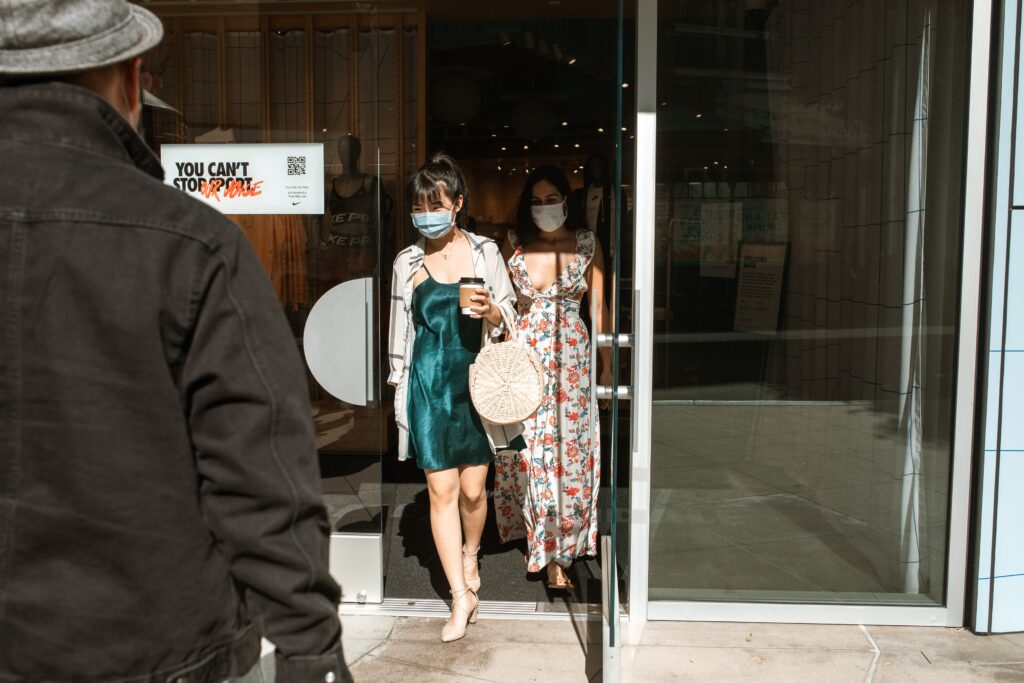Although Australia’s economy in the past few years grew way better than expected, recent COVID-19 lockdowns hurt the productivity of many industries more than previously anticipated.
Unemployment Rate During the COVID-19 Pandemic
Unemployment in Australia has fallen by 0.2% to 4.9%. This increased underemployment rate is due to the country’s fluctuating economy. More specifically, it was linked to the recent COVID-19 lockdowns in Victoria and New South Wales.
The month of June 2021 began with a two-week lockdown in Victoria and ended with an agonising lockdown of five million people in Greater Sydney. Both have threatened the national economy into a negative quarter.
Treasurer Josh Frydenberg told reporters in Melbourne that the federal government has agreed to offer economic support to Victoria in a lockdown. This is similar to the $500 million per week support package for New South Wales. The support package for New South Wales is a template that can be rolled out across other states if they experience COVID-19 lockdowns.
Despite the eighth consecutive month in which unemployment has fallen, and with employment staying 1.2% higher than it was last January, Australia now faces a slowing economy because of reduced hours and rolling lockdowns.
Reports found that 33 million fewer hours were worked in June, a 1.8% fall driven by a loss of 40 million hours in Victoria.
Small Businesses Struggle During the Pandemic, Too
The world is in the grips of a pandemic, but what does it mean for small businesses in Australia?

Many experts agreed that the Australian government should provide greater funding access to SMEs. With improved access, they will have a better chance of competing with larger enterprises and emerging economies in the global marketplace.
The government needs to allow SMEs to have more flexibility in managing their cash flow. That way, they can better invest in innovation and growth, especially in the rise of e-commerce. It should also provide a level playing field by introducing lower interest rates for smaller businesses.
That’s a good opportunity for local SMEs as new research showed that 94% of consumers now prefer to buy locally produced goods. That wave of support for Australian-made products can help small and family enterprises to flourish.
The Future of Australian Economy Post-COVID
The world has seen its fair share of wars, pandemics, recessions and natural disasters in the past decades. These events have caused many countries to fall into despair and suffer economically. However, in time, these countries have managed to bounce back and prosper with stable economies.
That can happen in Australia, too. Establishing a dedicated government agency will ensure a focused and coordinated recovery plan for when natural disasters, such as bushfires or floods or another pandemic, strike. The contributions from many cities—particularly in severely affected cities such as Sydney and Melbourne—require a formal partnership between local, state and federal agencies to enable the effective response to any given disaster.
The federal government has a lot of work to do to get the economy properly running again. Leaving stimulus money on the table for too long could end up causing more problems than it solves, such as stagnation.
Economic growth and environmental protection need to be balanced with each other to prosper in the long run. The stimulus money should gradually shift towards promoting economic growth and addressing strategic priorities such as climate change.
Take Taiwan, for instance. Following the Sars outbreak, Taiwan has created a “war room” to respond to any future pandemic and introduced legal measures for compulsory short-term detention and quarantine.
Countries that once experienced a crisis are now on the brink of becoming global leaders for a good reason. Australia can realise its potential now if the government make the right choices.

